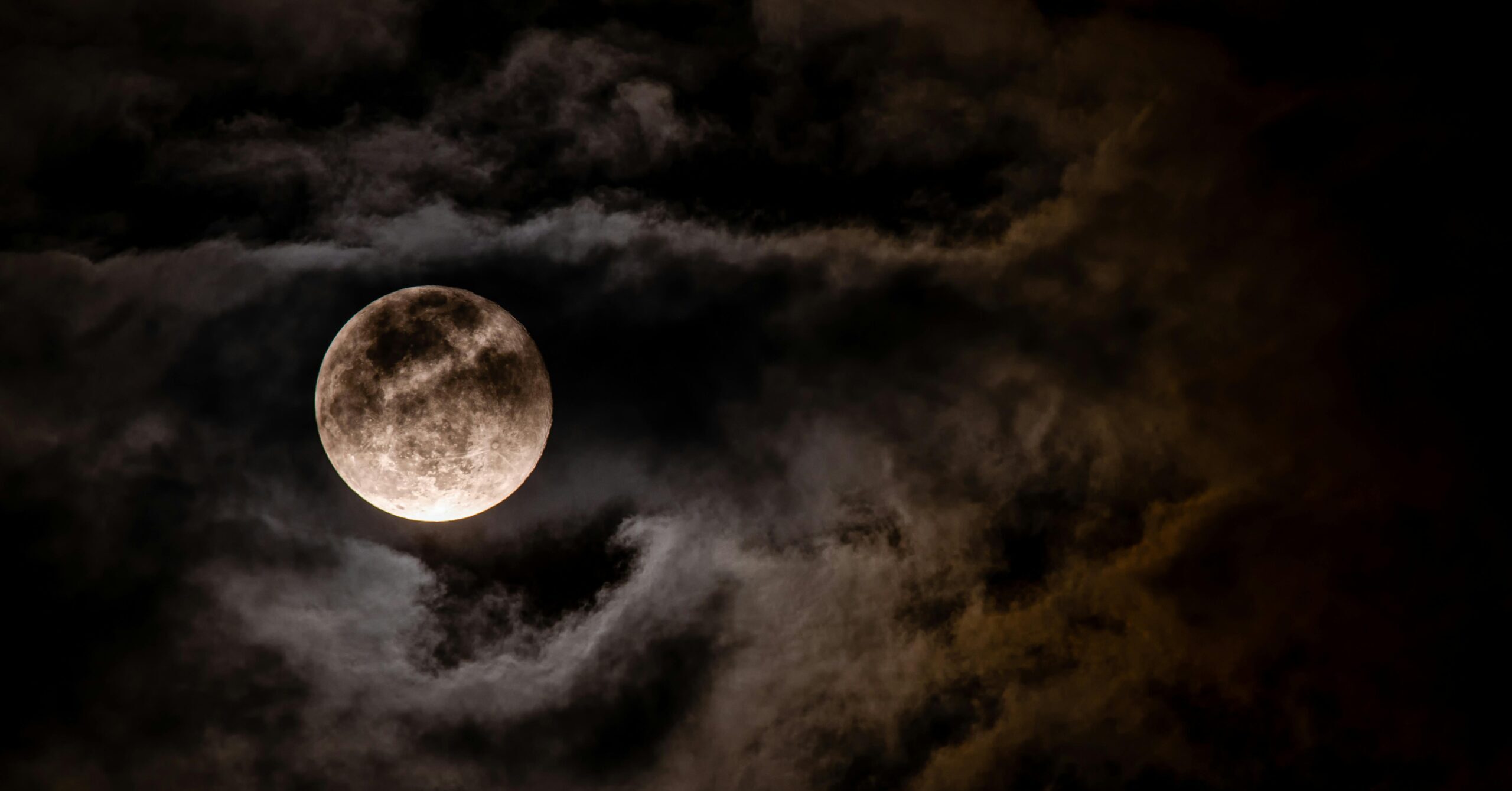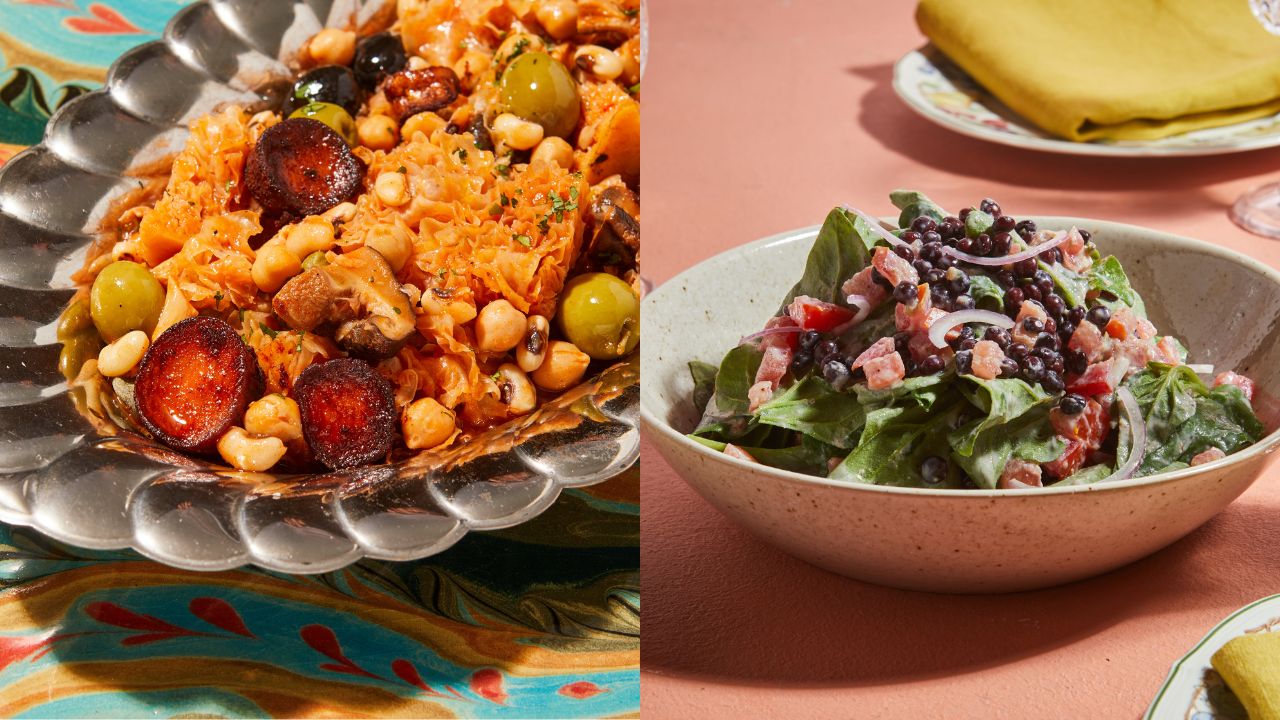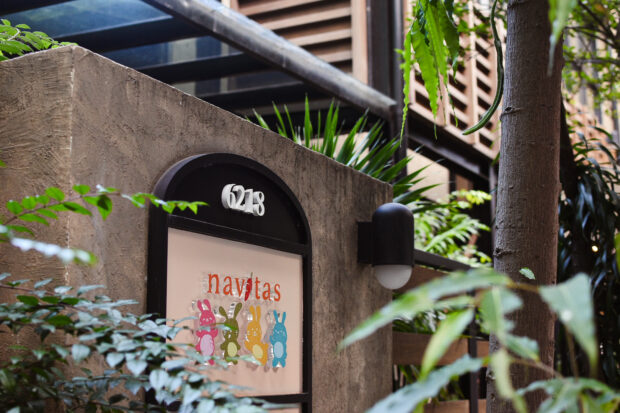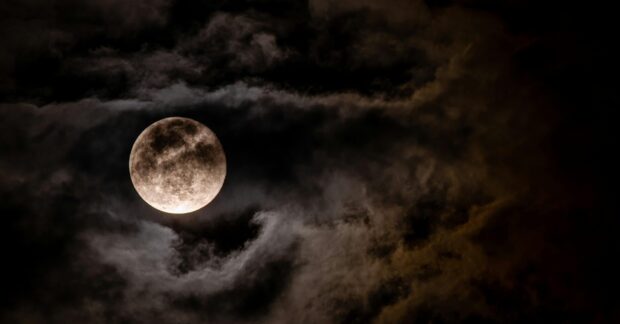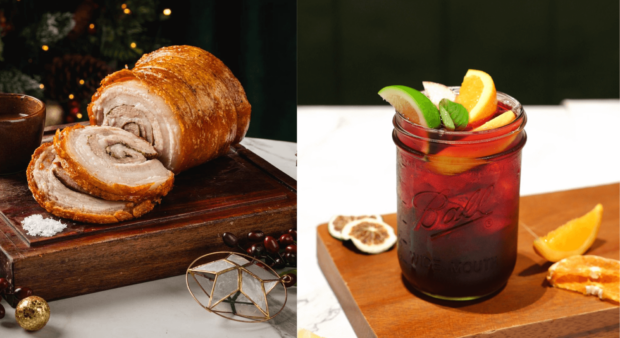An accident of birth gave Paul Marney Leobrera the blues.
He was born with a cleft palate and lip, and although they had been surgically repaired, the residual scar and speech impediment made him the butt of insensitive jokes and a magnet for unwanted attention from some of his schoolmates at the New Era University high school.
“I’ve had so many trials and heartaches,” he says.
Adolescence can be an especially trying time for someone who’s “different.” Teenagers can feel painfully oversensitive about something minor like acne. One can only imagine how Leobrera felt with his harelip.
Like many a youngster before him and since, Leobrera found an outlet for his teenage angst in the guitar. He started playing at 15, and was soon playing alternative rock hits with his first band.
Music gave him an outlet for some of the pent-up feelings that had been boiling over inside, but modern rock didn’t really cut it for him.
It wasn’t until his father—himself a musician—played him a video of a Billy Joel duet with Ray Charles that he found the lost chord he had been looking for.
It was a blues chord.
Finally, Leobrera had discovered music that spoke to him and for him, music that allowed him to express all of the mixed feelings and emotions that had been festering inside him.
He knew what John Lee Hooker meant when he sang that “blues is the healer.” The formerly shy and self-conscious teen gained the confidence to step onstage and not only play guitar, but sing.
“My trials and heartaches gave me a reason to play the blues,” he says. “’Yun ang pinaghuhugutan ko [That’s what I draw from]. Because when you play the blues, you play from the heart.”
Billy Joel might have been an unlikely gateway to the blues, but pretty soon Leobrera was mainlining Stevie Ray Vaughan and Eric Clapton records, and practicing the guitar for hours, learning to play the blues by ear.
As he got deeper into the rich tradition of the blues, he discovered the music of Jimi Hendrix, Muddy Waters and the three Kings: B.B., Freddie and Albert.
His natural aptitude for the guitar was such that by his 16th birthday, he was phenomenal—a blues prodigy in the mold of Jonny Lang and Kenny Wayne Shepherd—bluesmen who had both debuted before they were 15.
His friends thought he was weird, playing this old music.
“Ano yan [What’s that]?” was the typical reaction.
Eventually, however, he was able to persuade two schoolmates—bassist Spencer Rymonte and drummer Darwin Quinto—to form a blues trio in late 2010.
Thus was born the Bleu Rascals.
Their friends were still unimpressed, but their parents-weaned on classic, blues-rooted rock—were blown away.
Pretty soon the teenagers were wowing middle-aged audiences with their blues chops at venues like Skarlet’s Jazz Kitchen and the Roadhouse Manila Bay.
A couple of videos of the Bleu Rascals live sets found their way to YouTube, and that was how they came to the attention of Tom Colvin.
Twenty years ago, when he was still a sprightly fiftysomething, Colvin was working at the Asian Development Bank by day, and blowing blues harp by night with Binky Lampano’s Newly-Industrialized Combo and later Lampano Alley as the “Harmonicat.”
Colvin is now retired from his day job, but he still has a passion for the blues and spends a lot of his time promoting the blues through the Blues Asia Network (www.bluesasianetwork.com), an online blues community based in the Asia-Pacific region.
In the 1986 Walter Hill film “Crossroads,” Ralph “Karate Kid” Macchio plays a young blues guitarist who rescues Willie “Smokehouse” Brown, a crusty old blues harmonica player, from senior citizen hell. Together they journey south to rediscover the true meaning of the blues.
Colvin sort of plays Willie Brown to Paul Leobrera’s Ralph Macchio. He has been playing mentor and manager to the Bleu Rascals almost from the get go.
Last month they went all the way to Memphis, Tennessee—one of the spiritual centers of the blues—to represent the Philippines in the International Blues Challenge, the largest annual gathering of blues bands in the world. By all accounts, the Rascals did us proud.
“Memphis was beyond belief,” says Colvin of the Bleu Rascals’ final gig in Memphis, which was held at the Hard Rock Café.
“I’m almost 74 years old, but I’ve never experienced anything like it. The people were so startled to see this young band from the Philippines playing such incredible music that they were jumping up and down, shouting. There were people crying. I had this woman bawling on my shoulder, saying ’Thank you for bringing this band here.’ It was just beyond words.”
“It was unbelievable,” adds Leobrera. “Sobrang warm ang pagtanggap sa amin. Our gig at the blues hall was packed with blues fans. We didn’t expect that. After our set, some of the audience were crying; they were hugging us and saying thank you for coming here.”
According to Colvin, thanks to their appearance in Memphis, the Bleu Rascals are now on the international blues radar. They’ve received invitations to blues festivals in France, Singapore, Indonesia and Taiwan. Legendary rock photographer Robert Knight promised to hook Paul up with Fender guitars. One or two record companies have also expressed interest.
What’s undeniable is that the Memphis experience has greatly boosted the band’s onstage confidence. At their regular Friday night set at the Roadhouse Manila Bay, the band struts their stuff like battle-hardened veterans, belying their ages. (Leobrera is now 18, Rymonte and Quinto both 19; all are still in college.)
Sporting a pork-pie hat and a pair of vintage Nikes (just like the ones Stevie Ray Vaughan favored), Leobrera holds the stage like a pro, keeping up the stage patter in between songs. Their set list is heavy on Stevie Ray Vaughan numbers, although they manage to toss in classics like “Little Wing” and “Johnnie B. Goode” and one or two original songs.
Eventually, they hope to write enough original material to record an album.
“Our goal is to attract audiences from all ages to our gigs,” says bassist Rymonte. “We want to encourage more young people to listen to and play the blues.”
That might happen sooner than they expect. Recently, Yahoo Philippines users voted the Bleu Rascals second in a survey to select which Filipino band to send to a Singapore music festival. The Rascals beat out better-known bands such as Parokya ni Edgar, Franco, Urbandub and Callalily. (Only Wolfgang came ahead of them.)
IN MEMORIAM: KARL ROY
It must have been in the early ’90s when I first heard Karl Roy sing.
It was an underground gig at a creepy haunted mansion in New Manila that I later learned belonged to Karl’s grandfather, the late senator.
Much of the evening is just a blur to me now, but I still remember the moment Advent Call took the stage, because the energy in the room moved up several notches when Karl Roy took the mike.
The man had stage presence. And he could sing, essaying James Brown, EMF, Jim Morrison and Eddie Peregrina, all in one set.
Not too long after, I happened to run into Roy at a fast food joint near Gilmore. He was sporting a kind of Mohawk-mullet hybrid hairstyle, and he was rocking the flannel shirt-Doc Martens look that was starting to catch on. He was surrounded by a bunch of schoolgirls in their Catholic school uniforms, hanging on to his every word.
The man was a chick magnet, no doubt.
It wasn’t until much later that I actually got to talk to Karl Roy. It was 1997, he had just released an album with his funk-rock outfit P.O.T. (peyote—get it?). The interview revealed another, more “normal” side to the man-he couldn’t stop puttering around his extensive collection of cacti, or playing with Bud, his beloved black pug.
He took off his shirt for the photographer, showing his tats and a long scar along his sternum from when he had open heart surgery a couple of years before.
The valve job didn’t seem to slow him down: He was still a wild man onstage. And he was still legendary for his rock ’n’ roll lifestyle. I heard tales of Roy in a near-comatose stupor backstage, miraculously rousing himself just in the nick of time for his number, and delivering an incredible performance.
His fans probably believed he was indestructible, but I guess deep down Karl knew he wasn’t. Five years ago he suffered a series of strokes that left him with partial paralysis. He struggled heroically to get back to the kind of shape he needed to be in to be the frontman for his last band, Kapatid. To remain the Karl Roy the audience deserved, and the fans loved.
He was doing it, too. He was working, recording, and seemed to be on the verge of another one of those legendary Karl Roy backstage miracles when he pulled himself back from the brink.
It wasn’t to be.
But then, Karl Roy has given us enough of himself to last us the rest of the way.
Now he can enjoy a well-earned rest.


